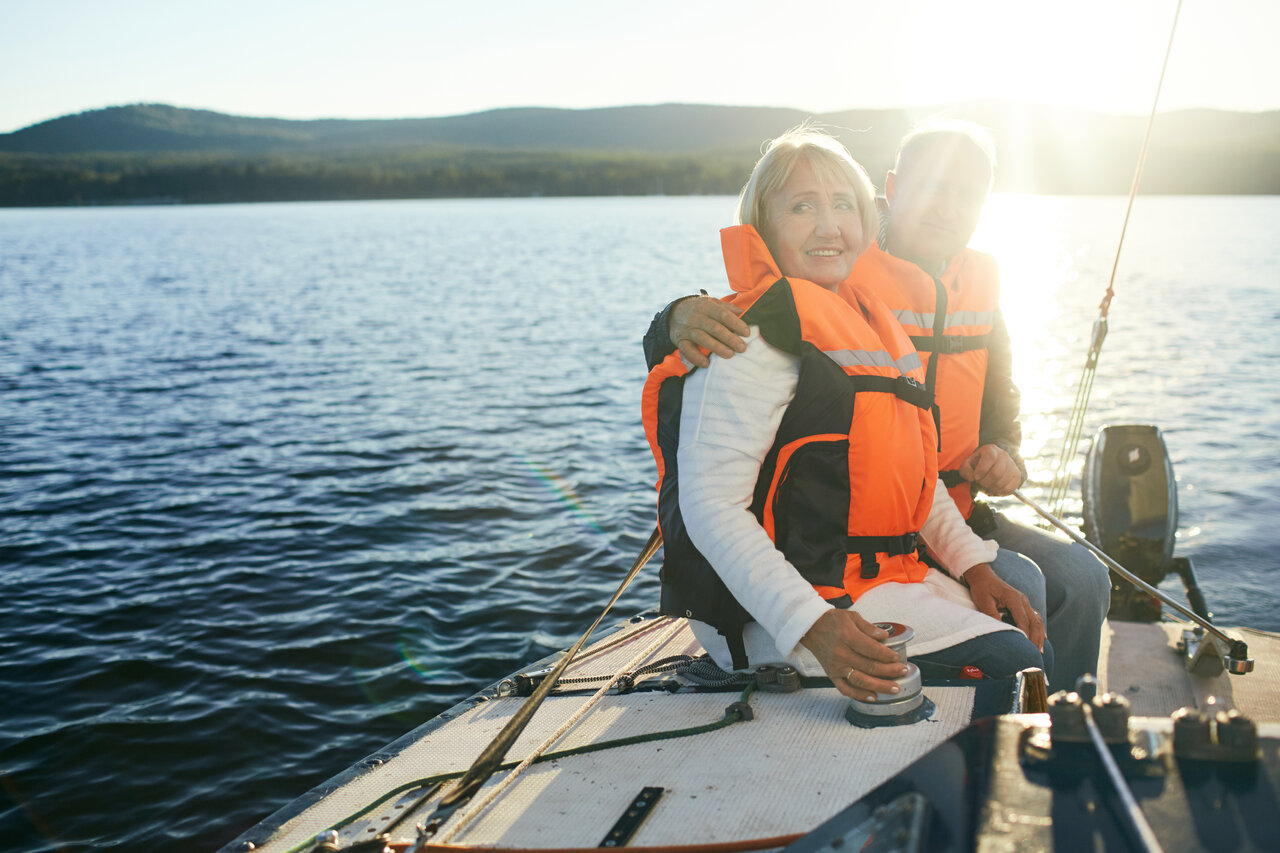No matter your level of experience or the type of boat you own, safety should always be a top priority when out on the water. As a responsible boat owner, equipping your vessel with essential safety equipment is crucial to ensuring the well-being of your passengers, yourself, and other boaters. While having a well-maintained and clean boat is crucial, effectively preparing for any unexpected situation or emergency is equally important. Understanding and investing in the right safety equipment will not only provide you with peace of mind but may also save lives in times of need.
In this guide, our experts are here to help you understand and identify the essential safety equipment every boat owner must have. We’ll be discussing and detailing items you’ll need to keep on board, from personal flotation devices to emergency signaling equipment. With our comprehensive guidance and recommendations, you can confidently approach every boating experience with the assurance that you are well-prepared for any situation or emergency you may encounter on the water.
Personal Flotation Devices (PFDs)
Personal flotation devices, commonly referred to as PFDs or life jackets, are among the most vital safety equipment for any boat. They are designed to provide buoyancy and keep the wearer afloat in the water.
1. Types and Sizes: There are different types of PFDs suitable for various water activities and age groups. Ensure that you have the appropriate type and the correct size for each passenger on board to guarantee their effectiveness in case of an emergency.
2. Proper Storage and Maintenance: Store life jackets in an easily accessible location on your boat to ensure rapid retrieval when needed. Regularly inspect PFDs for any signs of damage and replace them if necessary.
3. Mandatory and Recommended Usage: PFD usage is mandated by law in many situations, especially for children. Encourage passengers to wear them at all times, even if not legally required.
Fire Extinguishers
A fire on board can pose a significant risk to the safety and well-being of everyone on your boat. Having the appropriate fire extinguishers and knowing how to use them is essential in maintaining a safe environment for all.
1. Selection and Placement: Select marine-rated fire extinguishers specifically designed for use on boats. Place them strategically and within easy reach in various areas of your boat, particularly near potential fire hazards such as the engine compartment or galley.
2. Regular Inspections and Maintenance: Inspect fire extinguishers at least once a year to ensure they are in good working condition. Replace or recharge extinguishers as needed.
3. Training and Awareness: Make sure you and your passengers know how to operate fire extinguishers in case of an emergency.
Emergency Signaling Devices
In the event of an emergency, effectively communicating your distress to nearby boats or rescue services can be lifesaving. There are several signaling devices available to aid you in alerting others.
1. Visual Signals: Flares, distress flags, and strobe lights are excellent options for visually signaling distress. Familiarize yourself with their proper usage and ensure they are readily available on your boat.
2. Audible Signals: Whistles, air horns, and other sound-producing devices can alert others to your emergency. Keep these devices in accessible locations on board and ensure all passengers know where they are stored.
3. Electronic Aids: VHF radios, personal locator beacons (PLBs), or Emergency Position Indicating Radio Beacons (EPIRBs) can help rescue teams quickly locate your vessel in an emergency. Invest in these devices, register them with the appropriate authorities, and familiarize yourself with their operation.
First Aid Kit and Emergency Supplies
A well-stocked first aid kit is indispensable for addressing minor injuries or providing temporary relief until professional medical assistance is available.
1. Contents: A marine first aid kit should include adhesive bandages, gauze, antiseptic wipes, pain relief medication, and tweezers, among other essential items. Customize your kit to fit your specific needs and the potential risks of your boating activities.
2. Storage and Accessibility: Store the first aid kit in a waterproof container and a readily accessible location on your boat. Ensure that all passengers know where it is stored.
3. Emergency Supplies: In addition to the first aid kit, stock your boat with extra supplies such as blankets, non-perishable food, water, and a flashlight to better prepare for an emergency.
Conclusion
Understanding and investing in the appropriate safety equipment for your boat is not just good practice—it’s your responsibility as a boat owner. By ensuring you have the necessary life jackets, fire extinguishers, signaling devices, and a well-stocked first aid kit, you are taking an essential step in providing a safer environment for yourself and your passengers.
While no one anticipates emergencies on the water, being well-prepared can make a crucial difference when time is of the essence. Armed with the guidance and recommendations from our experts, you can approach your next boating adventure with the confidence that you are prepared for any situation that may arise.
For more boating safety advice and professional boat detailing services, trust Pro Marine Detail in Bradenton, Florida. Contact us today, and let our experienced team assist in ensuring your boat is well-maintained, safe, and ready for every adventure on the water.
